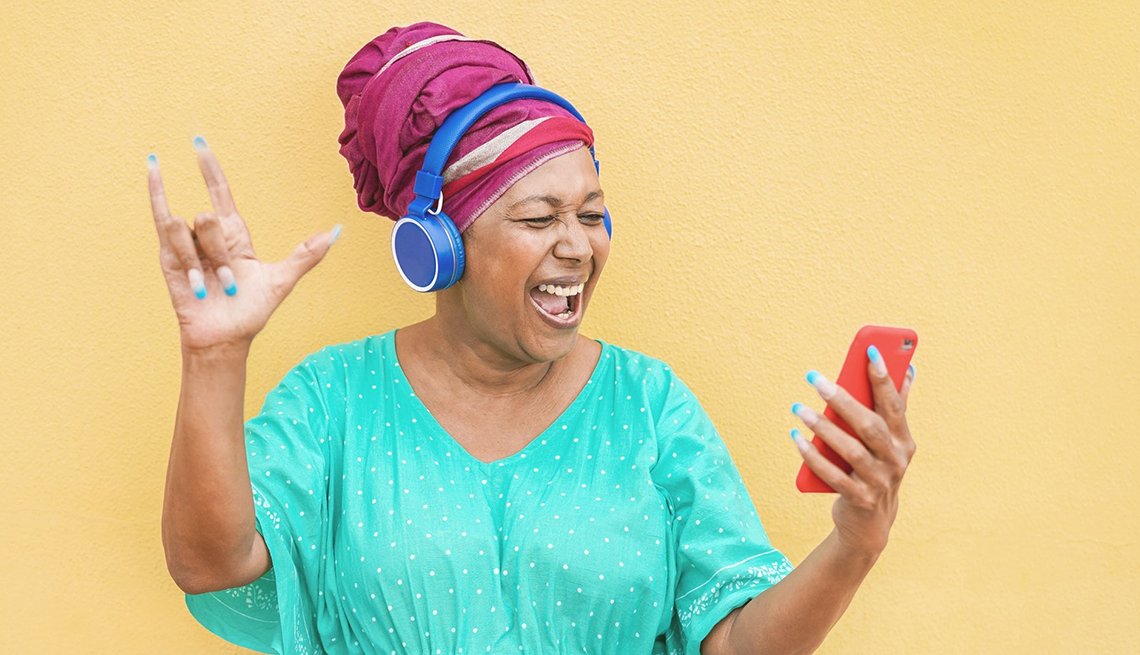Seniors can face barriers to using technology, but the pandemic has pushed many to harness it for their health.
The onset of the COVID-19 pandemic has caused a surge in the use of digital health care, including among older adults.
The Centers for Medicare & Medicaid Services has expanded the list of telehealth services reimbursable by Medicare, and seniors are using them. According to a survey from Deloitte, more Medicare Advantage members said they used telehealth or virtual health through the first four months of 2020 than during all of 2019.
This increase in technology use among older Americans is not entirely unexpected. While this generation is adopting technology at slower rates than the rest of the population, research shows they’re still more digitally connected than ever. Moreover, seniors are yearning to use more technology in all aspects of their lives, especially in health care. A recent study from CVS Health found that nearly half (45%) of all respondents 65 and older reported that they’d be more likely to communicate with health care professionals if they were able to do so through digital messaging.
Why Seniors Need Technology in a Pandemic
The rate at which seniors are adopting technology is exciting, especially considering the ways it can help maintain their total health during the COVID-19 pandemic. Tools like FaceTime, Zoom and WhatsApp can help seniors stay connected with their families and friends while physically distanced. This is particularly important for a population at risk of social isolation, which research reportedly indicates can be as harmful to a person’s health as smoking 15 cigarettes a day.
Programs like SilverSneakers are providing live and on-demand virtual exercise classes to help seniors stay active from the comfort of their home, including yoga, balance, cardio and strength classes. According to a 2019 SilverSneakers member survey, 86% of SilverSneakers members who took part in such activities reported that the program improved their quality of life. A recent SilverSneakers Pulse Survey further found that 51% of those surveyed participated in a digital exercise program in September 2020, up from 39% in April.
Of course, tools like telehealth are also available to help seniors continue to receive the medical and preventive care they need. At Aetna, a CVS Health company, we made this resource more accessible and affordable to our Medicare Advantage members throughout the pandemic by extending cost-share waivers for in-network primary care and specialist telehealth visits through Dec. 31.
How to Overcome Barriers
While there’s no doubt that technology is a convenient and beneficial tool for many, it can be confusing and difficult to navigate for others. Seniors face unique barriers to using and adopting technology, with a Pew Research Center study finding that some 34% of older people who use the internet have little to no confidence in being able to use electronic devices to perform tasks online. Nearly half of seniors responded that when they receive new electronic devices, they typically need someone else to set it up or show them how to use it.
The issue is not that seniors are technology-averse. They may just need more support than so-called digital natives. Luckily, there are resources available to help seniors overcome barriers to technology, incorporate it more easily in their day-to-day lives and use it as a tool on their overall health journeys.
For example, seniors can seek help from organizations like The Oasis Institute, an educational nonprofit that offers classes, programs and resources that instruct older adults on using technology. Oasis offers a wide range of courses at all different levels of technology comfort, from “Introduction to Computers” to “Blogging with WordPress.”
Additionally, we at Aetna have developed a “Putting the ‘Me’ in Medicare” eBook with a chapter dedicated to helping seniors use technology. This includes a Q&A with tips on how to best use technology to help boost your total health, a piece on what telehealth is and why it’s important, and instructions for seniors on how they can join or set up their own Zoom calls.
There are also tips seniors can keep in mind when looking to use technology more. As with learning any new skill, it can be helpful to first start with a small undertaking. For example, most smartphones today come loaded with health apps that track wellness metrics, such as steps taken, as you go about your day. These apps require almost no technology skills, but they still provide a measurement tool for staying healthy. Once comfort levels increase, you may then be able to graduate to more substantial health-tracking tools, like meal trackers and exercise apps.
It’s also important to note that those who don’t have access to smartphones can still benefit from technology resources. Landline telephones, for instance, can provide seniors with ample opportunity to integrate technology benefits into their lives. Many seniors can still receive telehealth during the COVID-19 public health emergency, as well as health coaching and services over the phone.
Aetna also offers helpful programs through Medicare Advantage plans, such as the companionship benefit with Papa, Inc., which is available in six states and connects seniors with college-age individuals who can provide remote companionship and technology support over the telephone. Additionally, seniors can call consultants with Aetna’s Resources For Living program who can connect them with important community resources based on their individual needs, including meal-delivery programs, help at home and caregiver support.
Use Technology in the Way That Suits You Best
Technology can be a useful tool for seniors in their daily lives and in achieving their best overall health. Regardless of comfort level, there are tools and resources that can help the seniors in your life. We encourage you or a loved one to seek out help in the way that best suits you.
In a time when physical distancing is necessary for health, technology can be a real lifeline.



